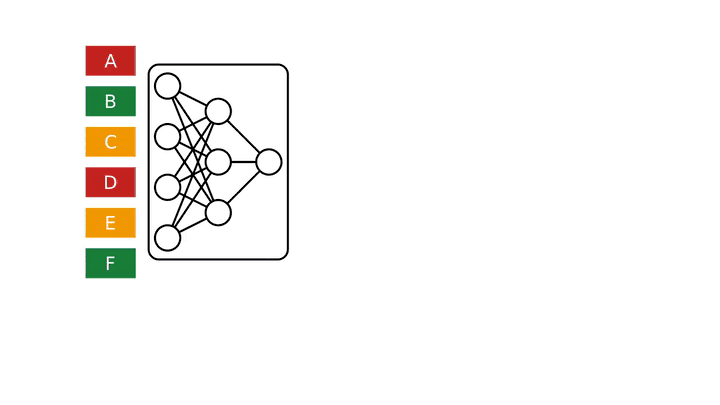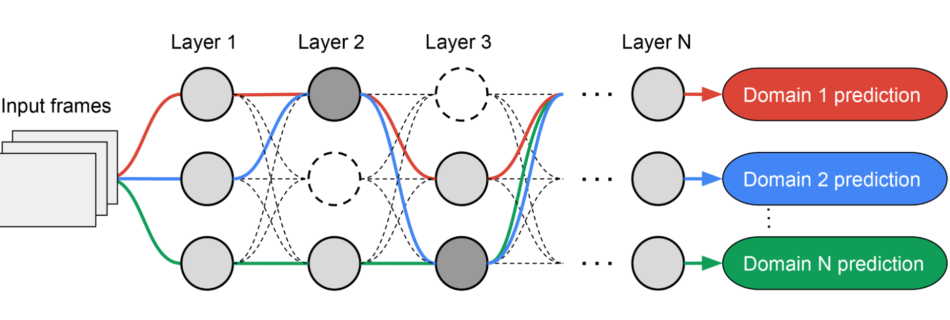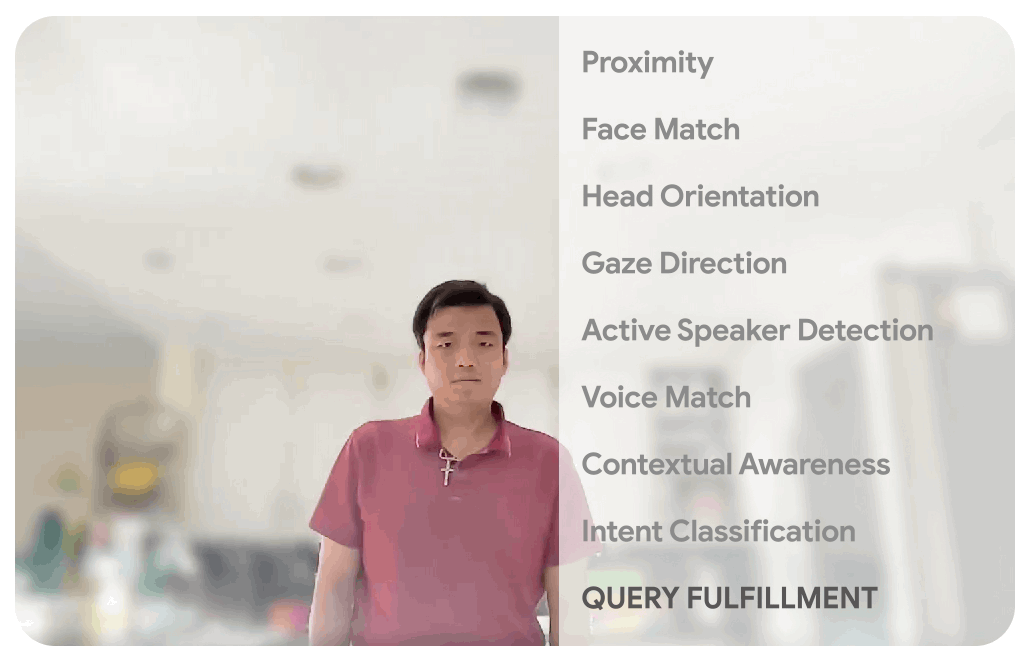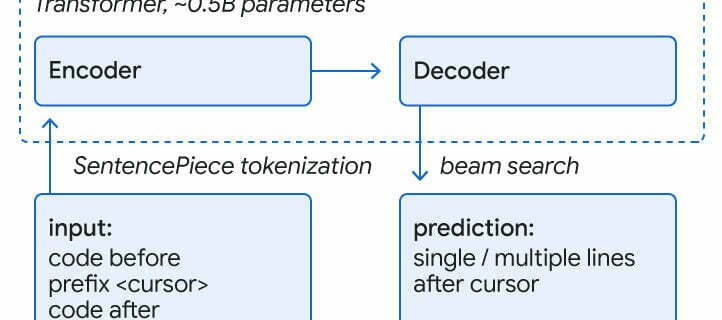Rax: Composable Learning-to-Rank Using JAX
Posted by Rolf Jagerman and Honglei Zhuang, Software Engineers, Google Research Ranking is a core problem across a variety of domains, such as search engines, recommendation systems, or question answering. As such, researchers often utilize learning-to-rank (LTR), a set of supervised machine learning techniques that optimize for the utility of an entire list of items …








